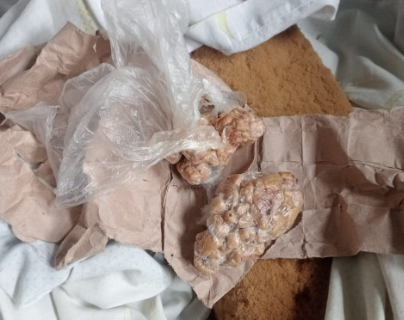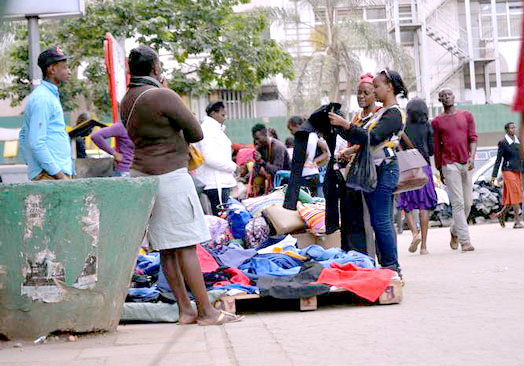Nairobi handicraft industry struggles with low sales post-demolitions
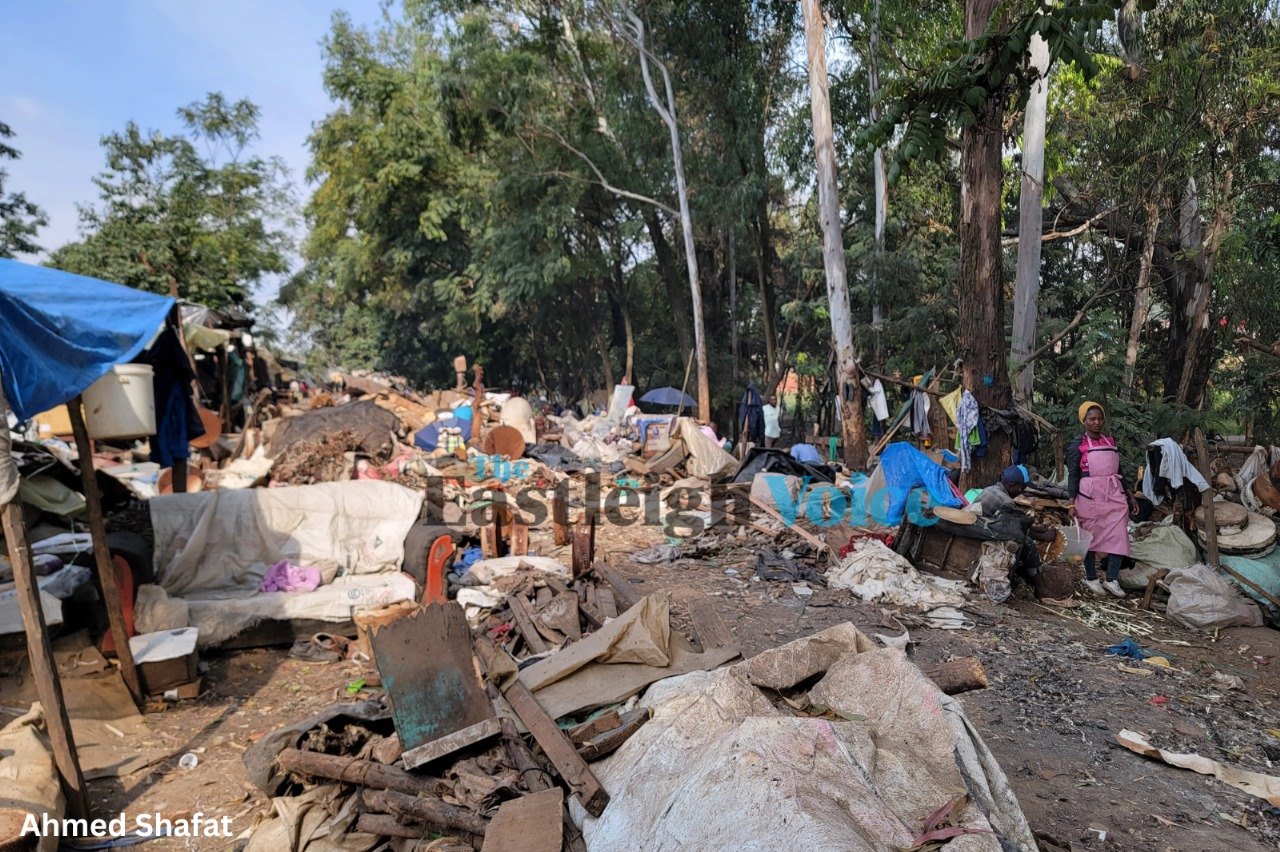
By Charity Kilei |
The artisans, who already faced numerous challenges, are grappling with significant losses, amounting to millions, as the vibrant marketplace falls silent.
For years, the Nairobi Handicraft Cooperative Society in Kamukunji constituency thrived, enjoying decades of robust sales driven by the influx of tourists. June always marked the start of the peak season, bringing hope and prosperity to the hardworking artisans.
However, this year brought an unexpected blow. In May, the demolition of structures near riparian land disrupted this long-standing tradition. The tourists, who were once a reliable source of income, have yet to return.
Keep reading
The artisans, who already faced numerous challenges, are grappling with significant losses, amounting to millions, as the vibrant marketplace falls silent.
At 65 years old, Dede Gaite has devoted more than a decade of his life to crafting at the Nairobi Handicraft Cooperative Society. As he battles through the harsh sun and unpredictable weather, he reflects on the mounting challenges in the aftermath of the May demolitions.
“When it rains, we can't work. The scorching sun and sudden downpours make it impossible. We used to have structures to shield us, but now it feels like we're in the desert," said Dede.
According to the artists, this time of year should be bustling with tourists, but the visitors have yet to arrive. "Tourists love seeing our variety of crafts, but now we have nothing to display. The losses and damage have hit us hard," he laments.
 Dede Gaite, an artisan at the Nairobi Handicraft Cooperative Society. Photo: Ahmed Shafat.
Dede Gaite, an artisan at the Nairobi Handicraft Cooperative Society. Photo: Ahmed Shafat.
They are grappling with enduring seasons marked by frequent episodes of the flu and other ailments. "We have no stock. Whatever we make, we try to sell locally, but the rates aren't good," Dede explains. "We're barely getting by, struggling to support ourselves and our families."
Mweshwa Kalunga, who has been with Nairobi Handicraft for over two decades, expresses deep concern over the sudden demolition that left them without resources.
"We had no other income source. The demolition forced us to start over from scratch, putting us in a difficult position with uncertain prospects," Kalunga shares.
He explains the devastating impact: "Our structures and crafted artefacts were destroyed without warning. Now, we're left without shelter and relying on hand-to-mouth. We appeal for assistance to regain our footing."
Kalunga explains that they currently lack the funds to purchase wood for crafting, and they have also not seen any tourists coming to the area, despite this season typically being a peak time with many local and foreign visitors.
 Mweshwa Kalunga, an artisan at the Nairobi Handicraft Cooperative Society. Photo: Ahmed: Shafat.
Mweshwa Kalunga, an artisan at the Nairobi Handicraft Cooperative Society. Photo: Ahmed: Shafat.
Mary Mutheu, a member of the cooperative society, says that sales have dropped sharply since the demolition, greatly affecting their livelihoods.
"Since the demolition, fewer people are coming to buy from us. We've lost many customers, and if this continues, it will be a huge problem for our families who depend on this place," Mutheu explains with concern.
She points out that, for many of them, there's no other way to earn money. "Even though part of our space was demolished, we have nowhere else to go. We've had to stay here because this is our home, and our families rely on this craft," Mutheu says, highlighting how important their work and community are to them.
According to David Kilonzo, the chairperson of the handicraft cooperative, they are still struggling with significant losses and have not yet recovered.
"After the demolition, many people thought the entire place was destroyed, which has greatly affected us. People are not coming, and sales are very low," Kilonzo explains. He mentions that they typically plan for the peak tourist season each year, but this time it's challenging.
"Due to these difficulties, we weren't adequately prepared with enough stock for tourists and local customers. We had built a strong network, but this year is different, and tourists are also not coming," Kilonzo adds.
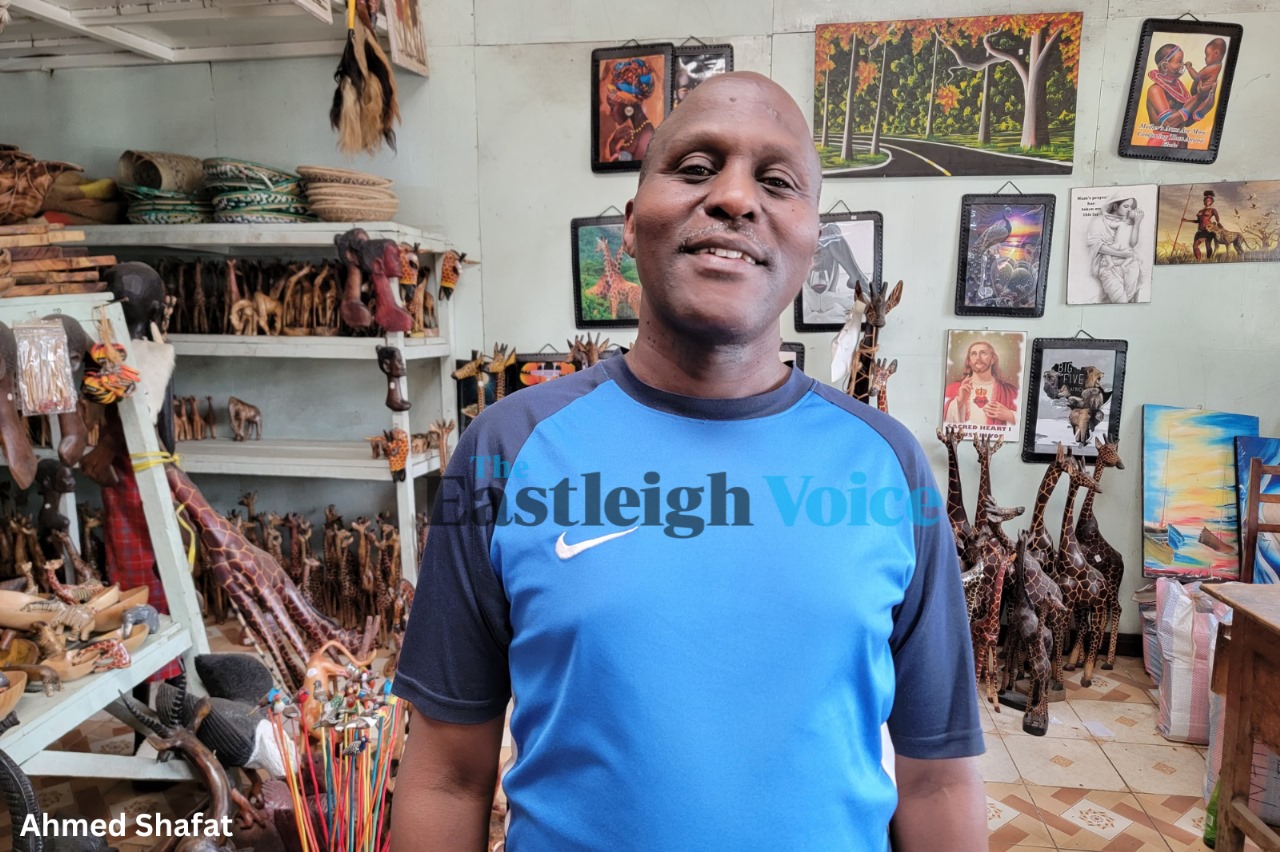 David Kilonzo, chairperson at the Nairobi Handicraft Cooperative Society. Photo: Ahmed: Shafat.
David Kilonzo, chairperson at the Nairobi Handicraft Cooperative Society. Photo: Ahmed: Shafat.
The demolition has had a profound impact on them, and their plea is for supporters to spread the word that they are still operational.
"We encourage the public and our customers not to hesitate to visit us. Despite our challenges, we're doing our best to recover and move forward," Kilonzo reassures.
Established in 1970, the Nairobi Handicraft Cooperative Society has been a crucial centre for artisans, supporting over 800 members, including both employed and self-employed individuals. The society provides training, marketing support, and workspace for artisans, charging a nominal fee of Sh100 for non-registered members.
The recent demolitions have had a profound impact on many traders who started their journey at Nairobi Handicraft in their youth. They now face the daunting task of rebuilding their businesses from scratch.
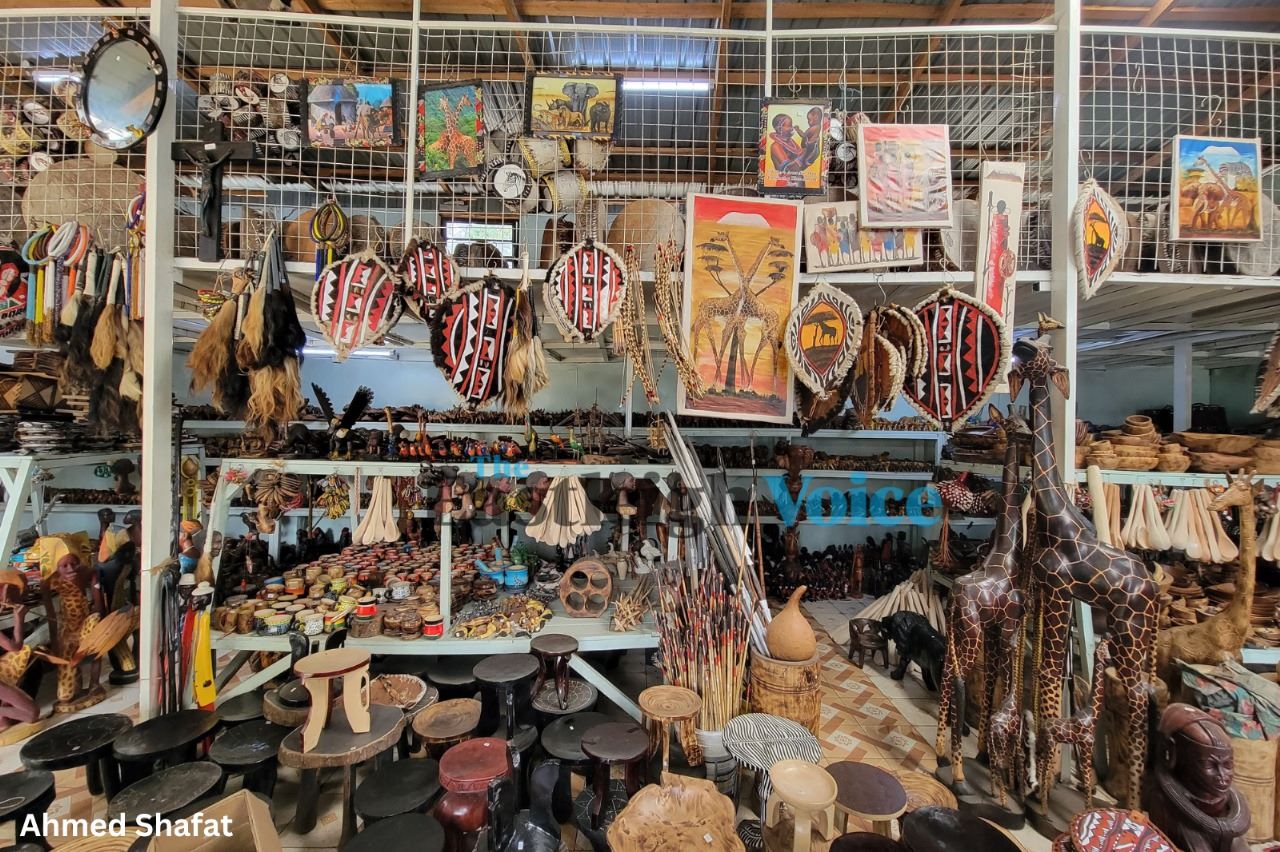 Display of some of the artefacts at the Nairobi Handicraft Cooperative Society. Photo: Ahmed Shafat.
Display of some of the artefacts at the Nairobi Handicraft Cooperative Society. Photo: Ahmed Shafat.
Known as Kachonga, Nairobi Handicraft has been a renowned tourist destination. Some sculptures are exported globally, while others are sold locally. Tourists traditionally visit to purchase crafts and explore the area, but now their livelihoods have been devastated.
Following the demolition of their workshops on riparian land, over 800 traders at the Nairobi Handicraft Cooperative Society in Kitui Village, Kamukunji Constituency, have suffered significant losses.
The once-bustling hub of creativity and culture now stands in stark contrast to its former glory, leaving the artisans to ponder an uncertain future.





